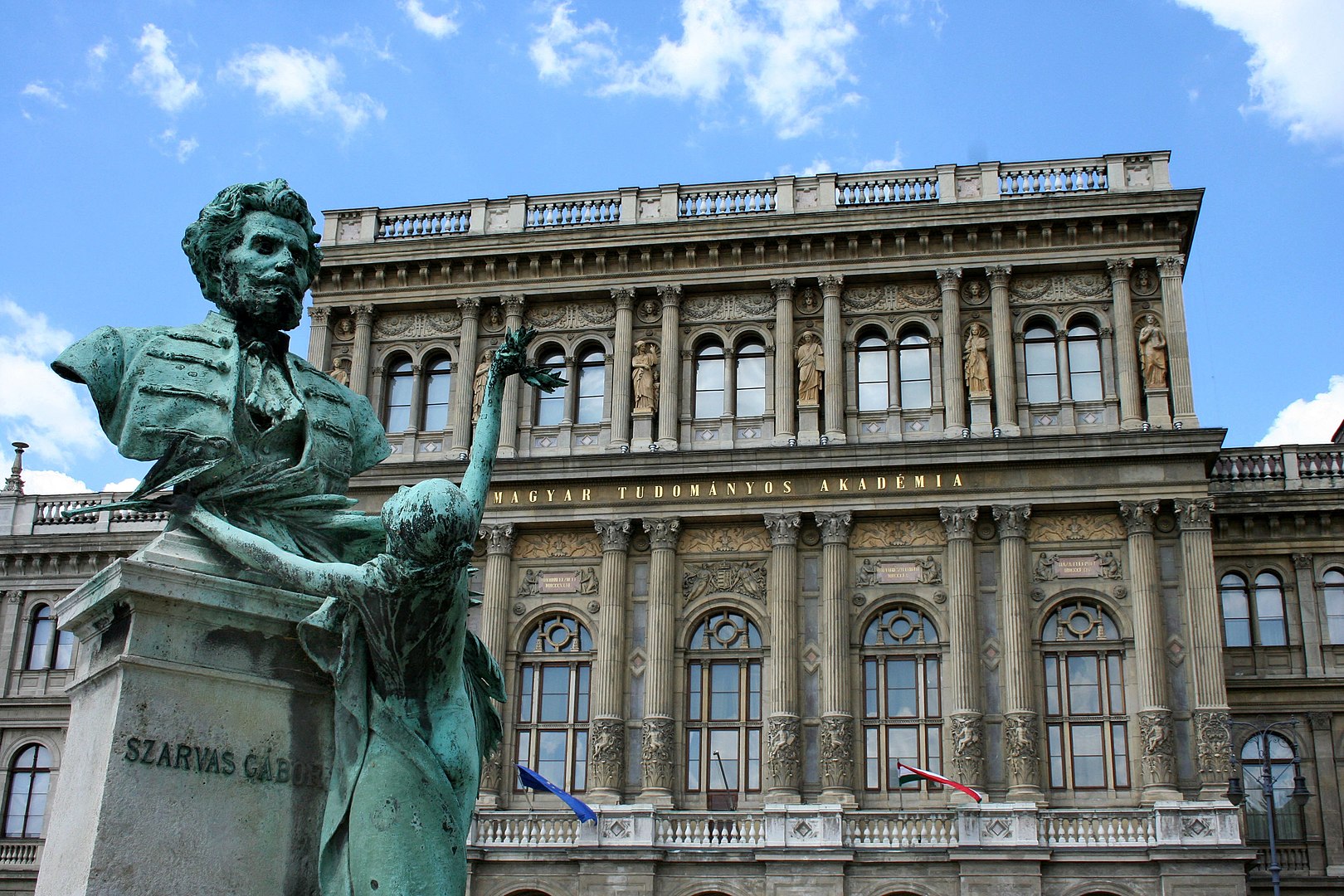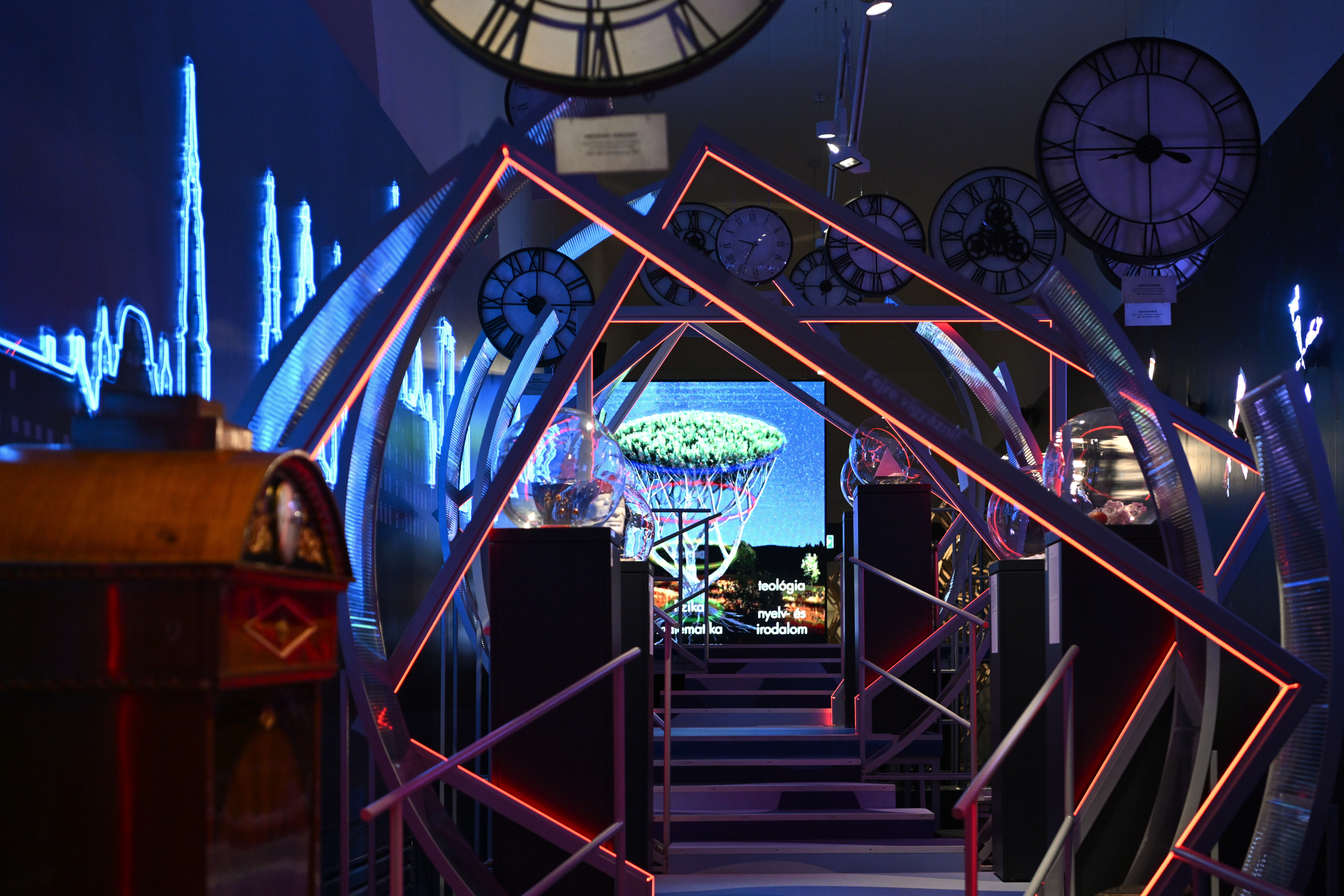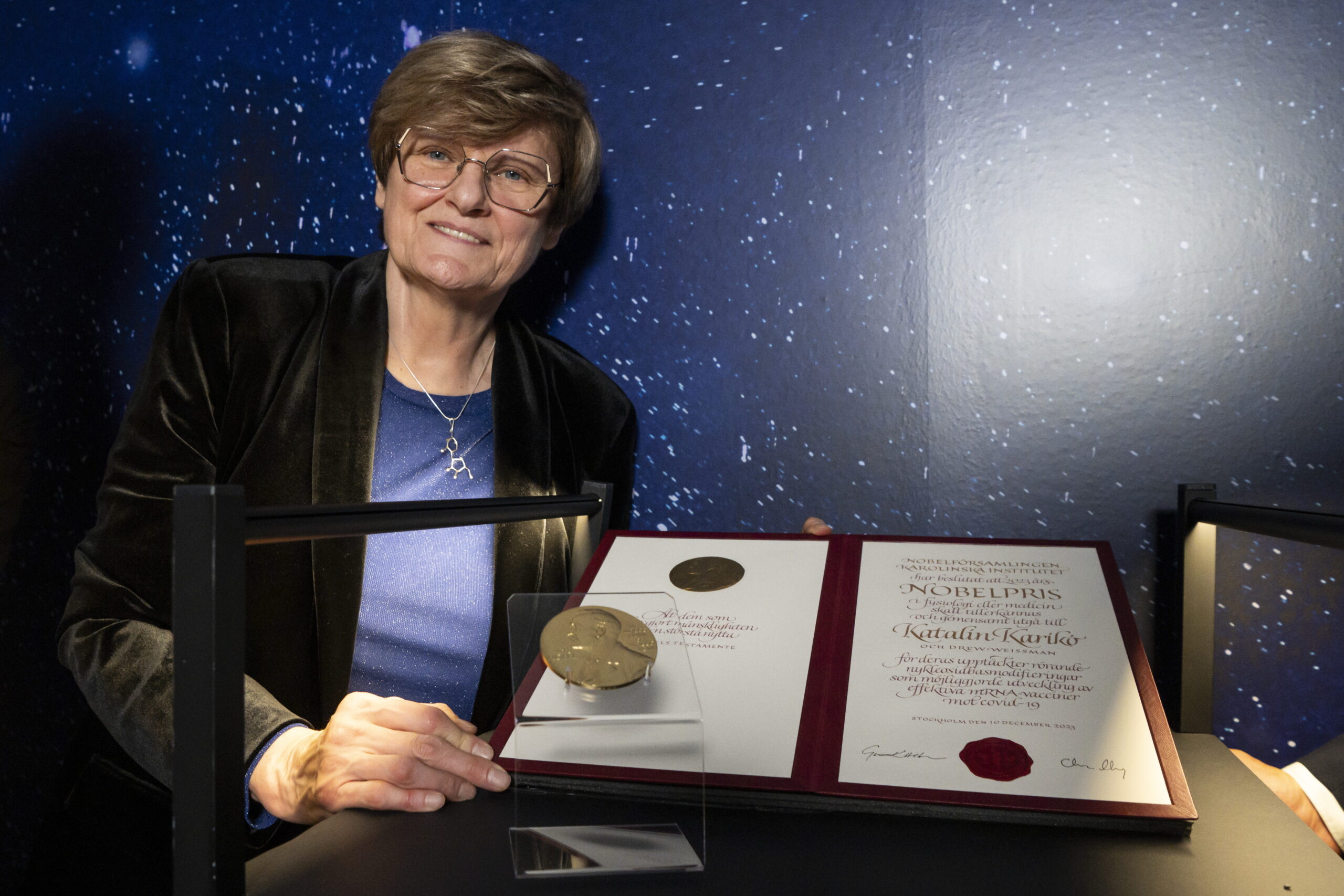
Members of the Academy stressed that if the Hungarian Prime Minister were to appear in person at the jubilee assembly, they would leave the hall.Continue reading

We have every reason to believe in the glorious future of Hungarian science. Let us trust that the advancement of science in our nation is a cause that will always be met with the necessary dedication, sense of responsibility, and indispensable cooperation, said President Tamás Sulyok at the 199th General Assembly of the Hungarian Academy of Sciences (MTA) in Budapest on Monday, celebrating the 200th anniversary of its founding.
In his welcome address, the head of state emphasized that the founder of the MTA, István Széchenyi, had taken up the cause of the entire nation. The establishment of a scientific society and the idea of elevating the Hungarian language had long been a matter of destiny that had preoccupied many people since the 18th century. The Hungarians of the Carpathian Basin knew that they could only truly become a nation if they saved their own language and developed their own culture independently, he stressed. He added that 200 years ago, thanks to Széchenyi, it became possible for Hungarians to be scholars in their own country and in their own language.
Széchenyi gained a wider reputation in 1825, by supporting the proposal of the representative of Sopron county, Pál Nagy, to establish the Hungarian Academy of Sciences. He donated the full annual income of his estates that year towards it, and gained Royal approval for the academy.
The President recalled that over the past two centuries, “great Hungarian inventions and creations that have amazed the world” have been produced one after another. Hungarian genius has been continuously demonstrated from the invention of the match to the latest innovations in attosecond laser physics. At home, the highest honors, and abroad, the highest international awards, such as the Nobel Prizes, have shown the scientific heights our scientists have reached, he remarked.
He mentioned three academics as examples: Zoltán Kodály, László Négyesy, and Albert Szent-Györgyi. “Two hundred years ago, Széchenyi gave testimony to his boundless love for his homeland. Kodály, Négyesy, and Szent-Györgyi did the same in their own fields. Through their work, they enabled people to see the world differently. Through them, our folk music became even more vibrant, our literature even more colorful, and our research laboratories even more exciting. They and many other renowned academics over the past two hundred years have always been motivated by a sense of responsibility for the future of Hungary and the world,” emphasized Tamás Sulyok.
The President emphasized that today’s celebration and the entire anniversary year are about the value-creating spirit of Hungarian scientific life and the successes of Hungarian scientists.
“Knowledge is with us, the Hungarians. Katalin Karikó and Ferenc Krausz won Nobel Prizes less than a year and a half apart. Knowledge is in the genes of Hungarians. This heritage is enriched year after year by the efforts of academics. The nation and its decision-makers also stand on the side of scientists,” he underlined.
Tamás Sulyok highlighted that the academic community also has a great responsibility for what Hungarian science will look like in the future, what it will be like in another 200 years. “Will it speak Hungarian? Will it be able to preserve its human face in the age of information technology?” asked the head of state, adding that the nation’s cause and the responsibility of outstanding scientists continue to unite intellectual forces and call for construction.
On Monday, the temporary exhibition Magic Power – Knowledge. Community. Academy, celebrating the 200th anniversary of the Hungarian Academy of Sciences, opened at the Hungarian National Museum. Hungarian science, national culture, and the fabric of society are inseparable, emphasized Gábor Zsigmond, Director General of the Museum, in his opening speech. He said that the exhibition is a dialogue between the past and the present, science and art, social sciences and natural sciences.

The exhibition at the Hungarian National Museum. Photo: MTI/Purger Tamás
More than 30 institutions and private individuals contributed to the exhibition with over 200 loaned artifacts, and around 350 items from the Academy’s own collection are on display alongside the Museum’s materials.
The historical arc of the exhibition, which runs until October 26, starts with the humanist court of King Matthias and leads visitors to the Nobel Prizes of Ferenc Krausz and Katalin Karikó.

Katalin Karikó with her Nobel Prize at the exhibition. Photo: MTI/Purger Tamás
Among the more than 800 exhibits are such special items as Count István Széchenyi’s letter of donation for the founding of the Academy, Károly Kisfaludy’s death mask, and the lion heads that once adorned the facade of the headquarters. In addition to the exhibits, spectacular virtual content and solutions at specific points, as well as works by sculptor Klára Orosz, provide an opportunity to explore the deeper connections between science, culture, and history.
Via MTI, Featured photo via MTI/Koszticsák Szilárd